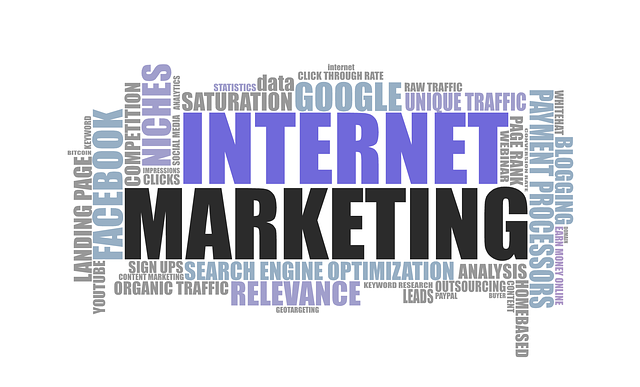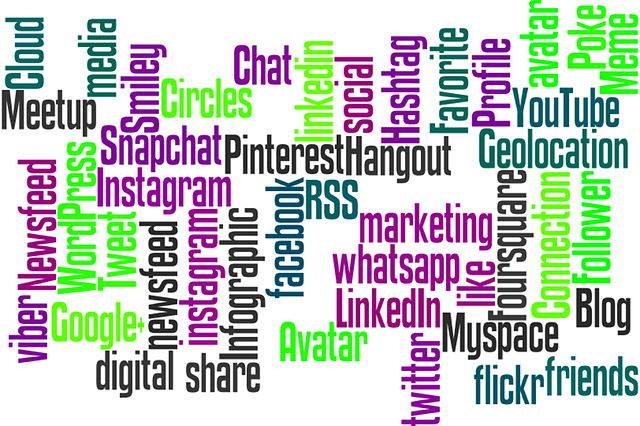Email marketing is a vital component of modern digital strategies, offering direct communication with subscribers. Through personalization based on audience segments and data insights, businesses can enhance engagement, build brand loyalty, and drive conversions in a competitive market. Effective email campaigns cut through consumer information overload, boosting customer satisfaction, sales, and growth. Key aspects include building quality subscriber lists, crafting compelling subject lines, personalizing content through segmentation, leveraging automation for targeted campaigns, and measuring success via key metrics like open and click-through rates.
Email marketing remains a potent tool in the digital marketing arsenal, enabling businesses to build strong customer relationships and drive sales. This comprehensive guide explores the evolution of email as a marketing channel and provides strategic insights on every critical aspect from crafting compelling content to automation and measurement. Learn how to leverage quality data, personalize communications, and optimize campaigns for maximum ROI in today’s competitive digital landscape.
Understanding Email Marketing: A Digital Marketing Strategy

Email marketing is a powerful tool within the broader digital marketing strategy. It involves sending targeted messages directly to subscribers’ inboxes, fostering engagement and driving conversions. Unlike traditional marketing methods, email campaigns allow for personalization, enabling businesses to connect with individual customers on a more meaningful level. By leveraging data-driven insights, companies can segment their audience, creating tailored content that resonates with specific interests and behaviors.
In today’s digital era, where consumers are inundated with information, effective email marketing cuts through the noise. It offers a direct line of communication, building brand loyalty and fostering long-term relationships. Through strategic segmentation, personalized content, and compelling calls to action, businesses can enhance customer satisfaction, increase sales, and ultimately drive growth in an increasingly competitive marketplace.
The Evolution of Email as a Marketing Channel

Email marketing has undergone a remarkable transformation since its inception, evolving from a simple text-based communication tool to a powerful digital marketing channel. In the early days, emails were primarily used for transactional purposes, such as order confirmations and account notifications. However, with advancements in technology and changing consumer behaviors, marketers recognized the potential of email as a direct line to their target audience. This shift marked the beginning of strategic email campaigns designed to engage, inform, and convert subscribers.
The rise of digital marketing has played a pivotal role in shaping modern email practices. Marketers now leverage sophisticated analytics and segmentation techniques to personalize content for individual recipients. Automated workflows enable dynamic and timely communications, adapting to user behavior and preferences. Furthermore, the integration of multimedia elements, such as videos and interactive content, has made emails more captivating and effective in driving user engagement within the competitive landscape of digital marketing.
Building an Effective Email List: Quality Over Quantity

Building a robust email list is a cornerstone of successful digital marketing strategies, but it’s crucial to prioritize quality over quantity. In today’s competitive landscape, simply amassing a large subscriber base isn’t enough. Each email address on your list represents a potential connection and customer, so it’s essential to ensure their engagement and interest. Focus on acquiring emails from individuals who have actively expressed interest in your brand or offerings through sign-up forms, promotions, or content that aligns with their preferences.
This targeted approach not only improves open rates and click-throughs but also fosters stronger relationships with your audience. Quality subscribers are more likely to convert, share content, and remain loyal customers over time. By curating an engaged email list, businesses can deliver personalized messages, tailor marketing efforts, and ultimately enhance the effectiveness of their digital marketing campaigns.
Crafting Compelling Email Content: Subject Lines to Calls-to-Action

In the realm of digital marketing, email content is a powerful tool to engage and convert subscribers. Crafting compelling emails starts with an equally crucial element: the subject line. Just as a captivating headline grabs attention in a sea of articles online, a well-crafted subject line can determine whether your email is opened or ignored. It’s an art to balance curiosity, relevance, and brevity, ensuring your message stands out amidst the clutter in inboxes.
The journey from subject line to call-to-action (CTA) is seamless. Once the reader’s interest is piqued, the content should deliver on the promise of the subject. CTAs, whether “Shop Now,” “Learn More,” or “Sign Up,” guide readers towards the desired action. Clear and compelling CTAs enhance convert rates, making them essential to any successful email marketing strategy in the digital landscape.
Personalization Techniques for Higher Engagement

In the realm of digital marketing, personalization is a powerful tool to enhance engagement and foster stronger connections with your audience. By implementing tailored strategies, marketers can create impactful campaigns that resonate on a deeper level. One effective technique is segmenting your email list based on customer preferences, demographics, or past interactions. This enables you to deliver highly targeted content, ensuring each recipient feels understood and valued. For instance, sending product recommendations aligned with their previous purchases can significantly boost click-through rates.
Additionally, utilizing dynamic content and personalized subject lines can make your emails stand out in crowded inboxes. Addressing customers by name or using data-driven insights to predict their needs creates a sense of exclusivity. This level of personalization not only increases the likelihood of opening rates but also encourages ongoing customer interactions, fostering long-term relationships within the competitive landscape of digital marketing.
Automation and Segmented Campaigns: Optimizing Your Efforts

In the realm of digital marketing, automation and segmented campaigns are game-changers that optimize email efforts. By leveraging automation tools, businesses can streamline their processes, ensuring consistent and personalized content delivery at scale. This approach allows for targeted communication based on customer behavior, preferences, and demographics, enhancing engagement and conversion rates.
Segmented campaigns further refine the strategy by dividing recipients into distinct groups, enabling marketers to tailor messages precisely. This level of customization not only improves open and click-through rates but also fosters stronger relationships with subscribers. Through automation and segmentation, email marketing becomes a dynamic and effective tool in the digital marketing arsenal, driving results and contributing to overall business growth.
Measuring Success: Key Metrics for Email Marketing Campaigns

Measuring success is an integral part of any digital marketing strategy, and email campaigns are no exception. Key metrics provide valuable insights into campaign effectiveness, helping marketers refine their strategies for better results. Open rates offer a basic understanding of engagement; tracking how many recipients opened your email gives you a first glimpse into the performance. Click-through rates (CTRs) take it a step further by measuring the action taken after opening—whether it’s clicking on a link or visiting a landing page.
By analyzing these metrics, marketers can identify trends and preferences within their audience. For instance, low CTRs might indicate that subject lines need improvement, while consistent open rates suggest compelling content. These insights allow for data-driven adjustments to future campaigns, ensuring that digital marketing efforts in email remain tailored and effective.
